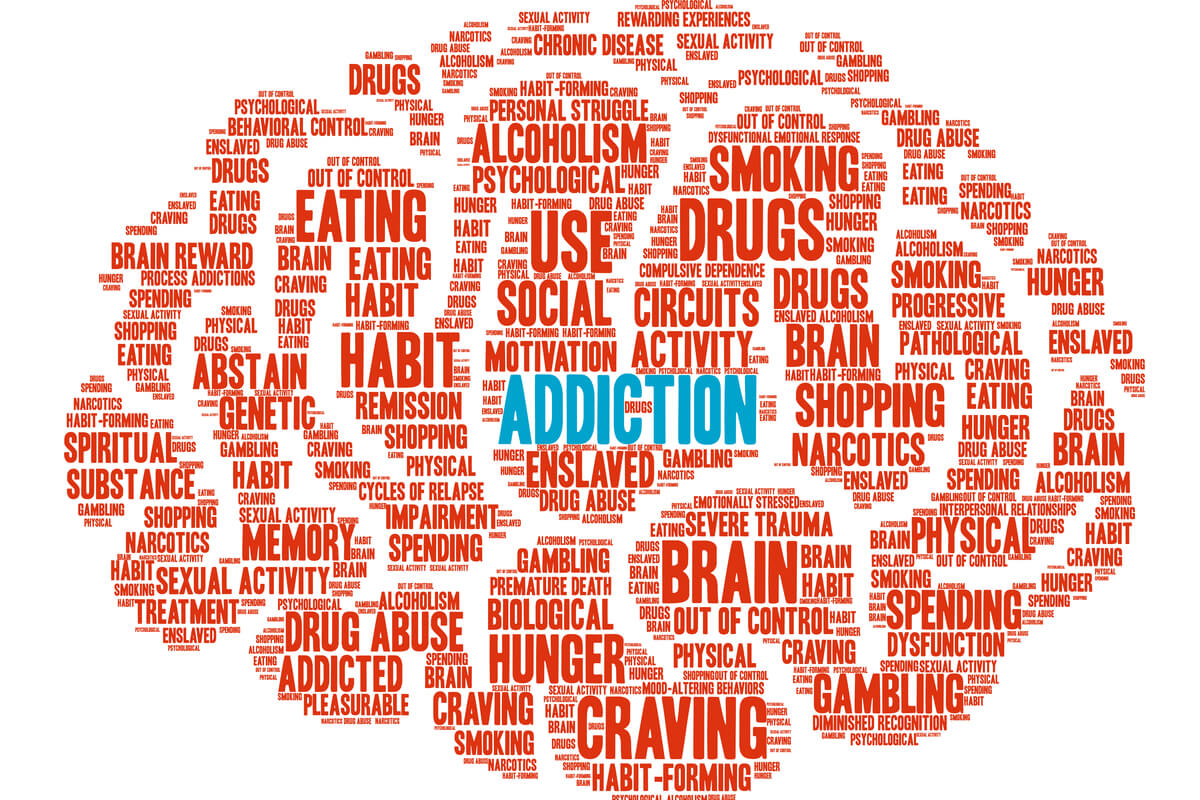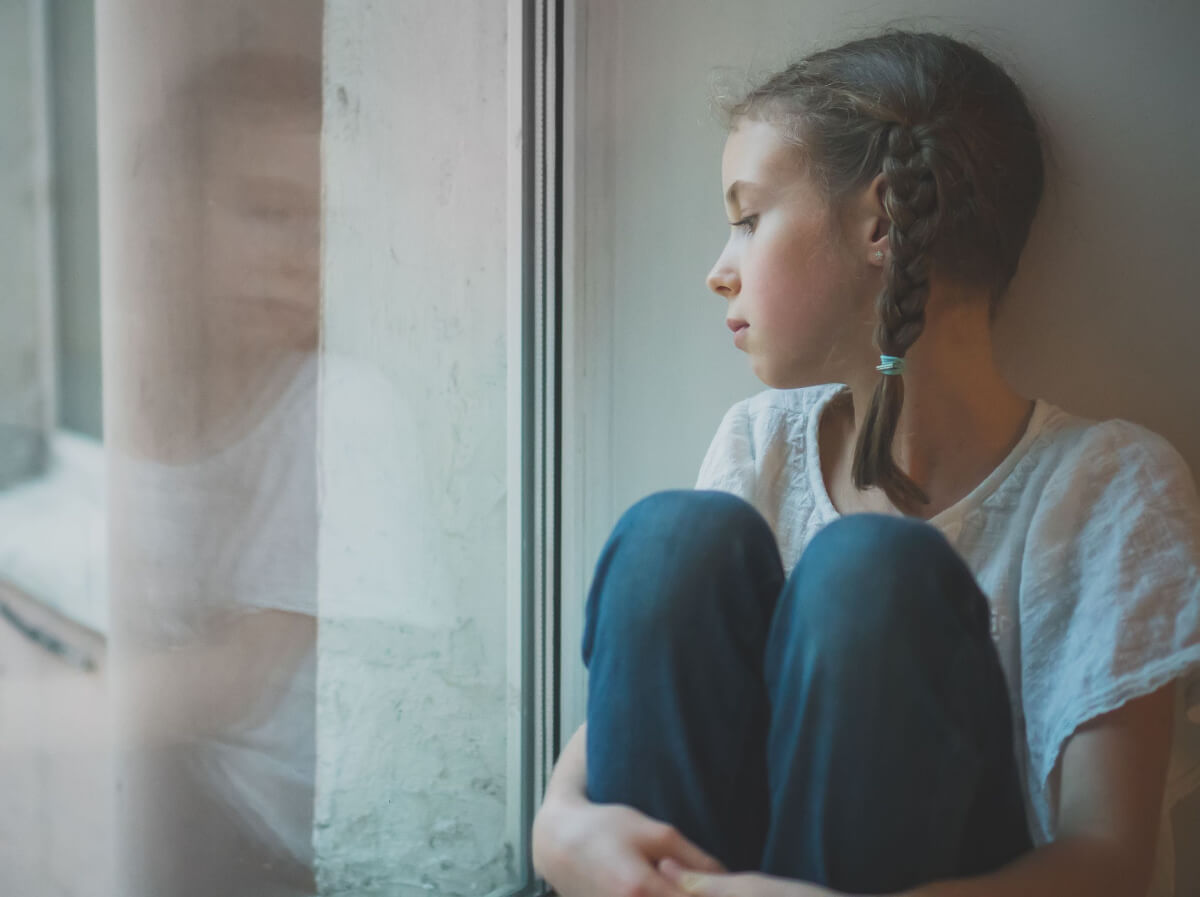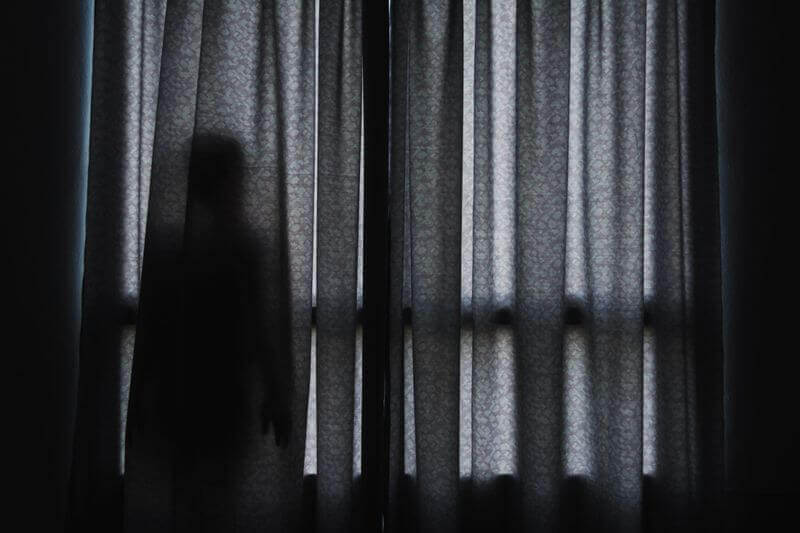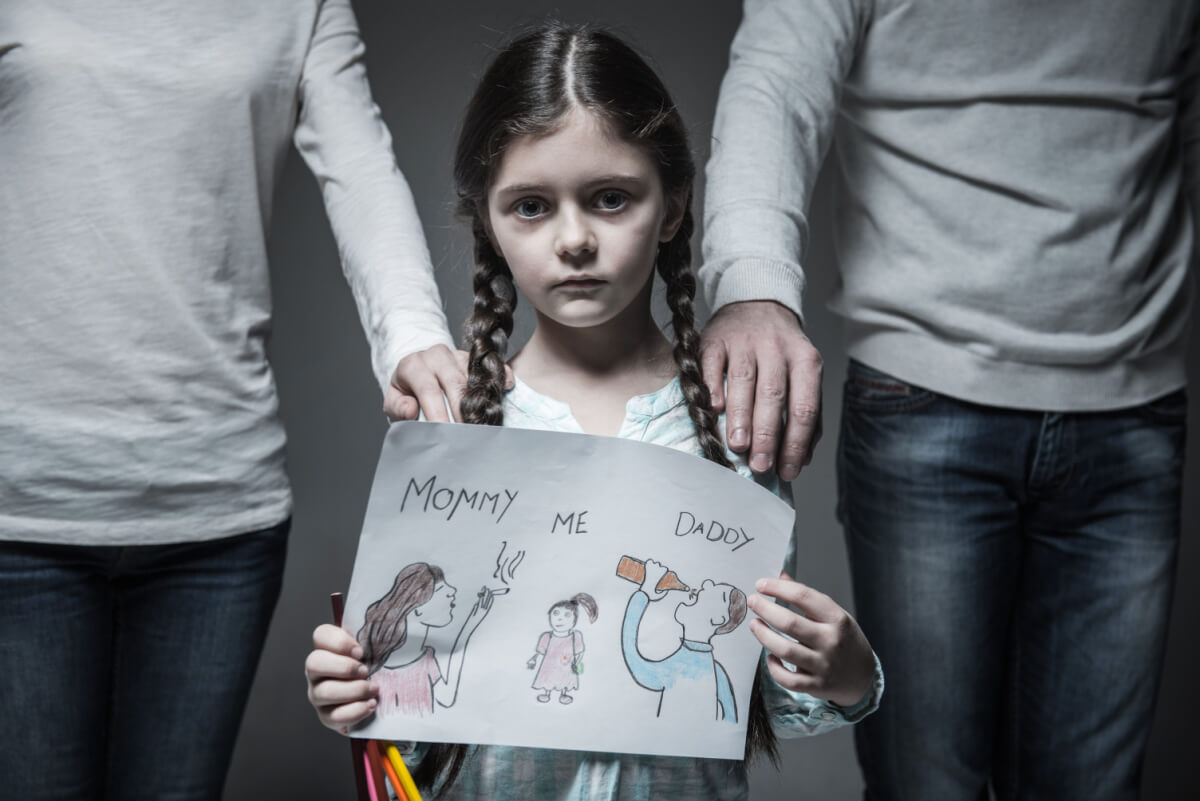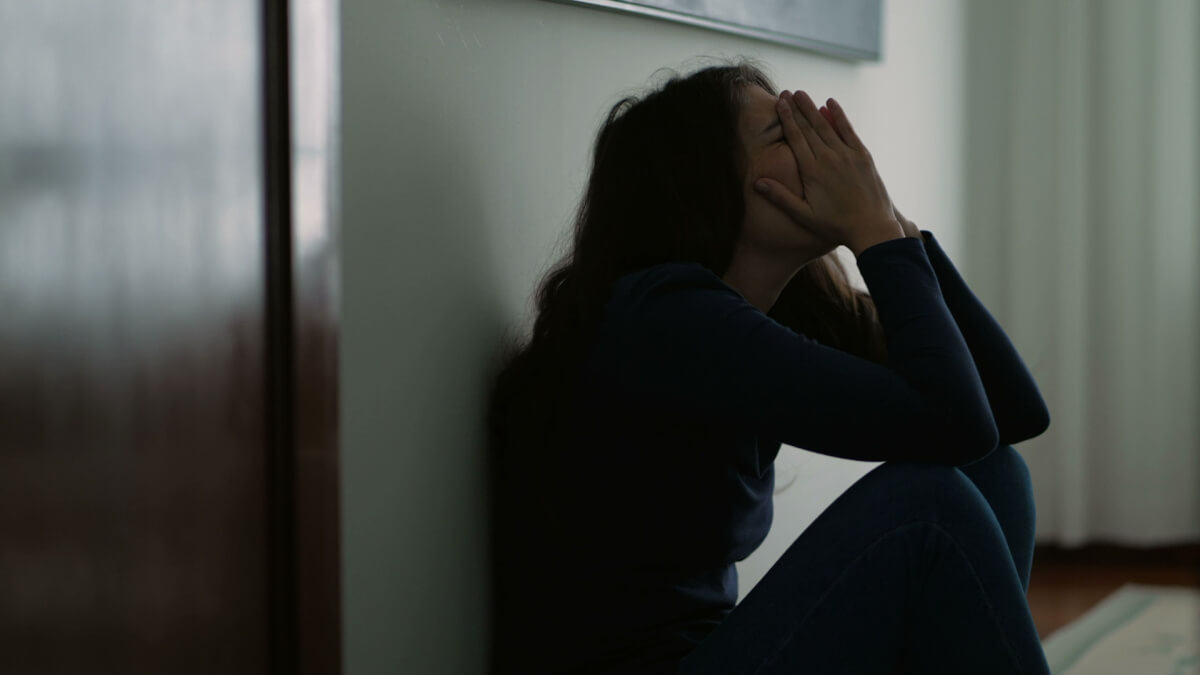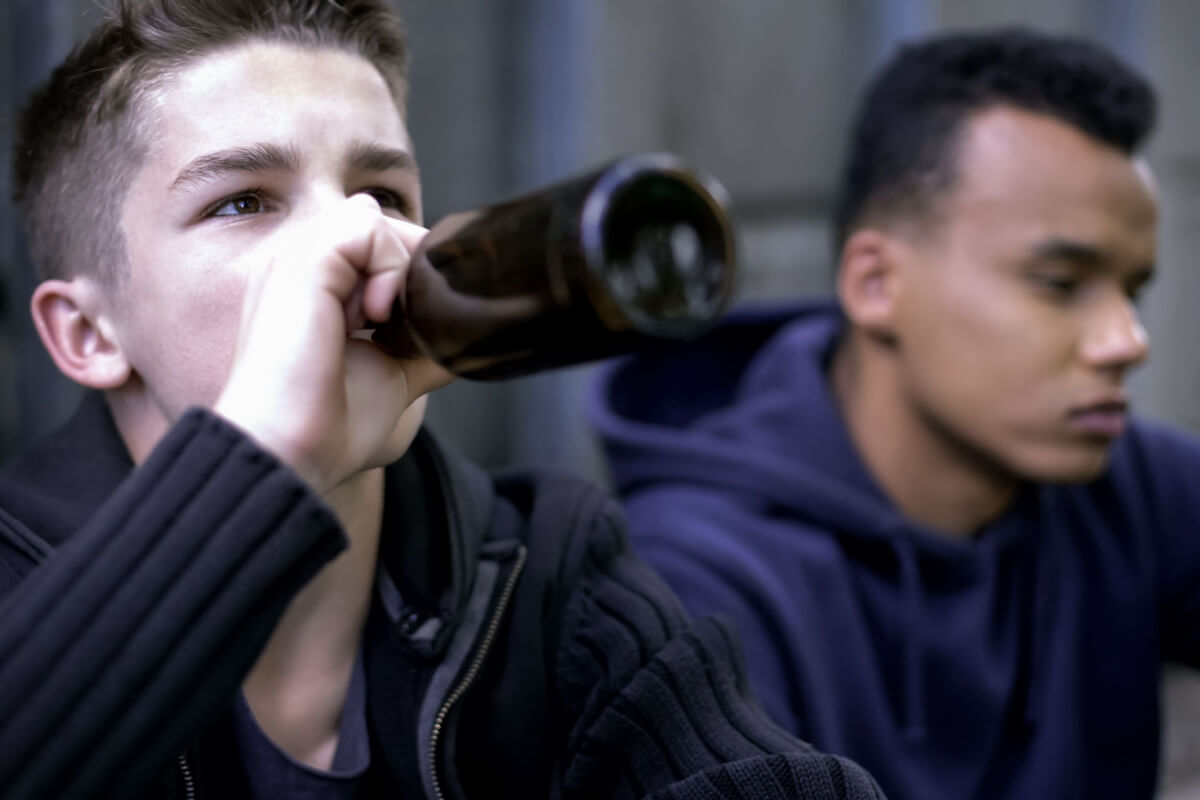
Alcohol is one of the most commonly misused addictive substances by all age groups, including adolescents. It is the most used substance by youth in the United States.[1]
National surveys show that 16% of youths between 12 and 20 drank alcohol in the past month, and close to 30% of high school students consumed alcohol routinely. [2] Drinking under the age of 21 is illegal in the United States, and therefore there are both cognitive, social and legal risks to underage drinking.
Underage drinking can have serious consequences, including:
- Trouble at school
- Injury and accidents
- Impaired cognitive development
- Mood disorders
- Being a victim of a crime, including physical or sexual assault
- Making poor decisions due to impaired judgment
- Death
Moreover, the earlier age of onset of alcohol use is highly associated with the risk of developing alcohol dependence and even AUD later in life. It is important to recognize the signs of alcohol use in your child as soon as possible to minimize the potential risk factors.
Signs of Alcohol Misuse
Any use of alcohol under the legal age of 21 in the United States is considered alcohol misuse, and is illegal. Drinking impacts the brain and body and affects behaviors, moods, and actions.
As a parent, you are the first line of defense in noticing changes in your child that can indicate a problem. Some of the initial signs of alcohol misuse can be easy to miss, as they are often chalked up to “being a teenager.”
There are three main types of changes to watch out for: physical, emotional, and social changes.
Physical Changes
Alcohol makes changes in the brain, causing a sense of euphoria, depressing the central nervous system, and impairing judgment. When you drink, alcohol slows down things like heart rate, breathing, and blood pressure, and it lowers body temperature. It also can cause relaxation and drowsiness.
Physical warning signs of alcohol misuse can include the following:
- Red or bloodshot eyes
- Dilated pupils
- Lack of coordination
- Slurred speech
- Persistent cough
- Changes in eating and sleeping patterns
- Weight fluctuations
- Bad breath and smell of alcohol
- Low energy
- Lack of interest in grooming and a decline in physical appearance
Emotional Changes
Alcohol misuse can lead to changes in your child’s emotional state. Emotional signs of alcohol abuse include the following:
- Irritability
- Extreme mood swings
- Agitation
- Lethargy
- Personality shift
- Anxiety
- Depression
- Withdrawal and lack of interest
- Lack of motivation and difficulties focusing
- Trouble remembering things
Social Changes
You can also notice changes in attitude, personality, and social activities that can be attributed to alcohol misuse. Signs include the following:
- Drop in grades at school or production at work
- Frequent absences
- Inability to fulfill commitments at home
- Loss of interest in things or activities that used to be important or a priority
- Changes in social circle
- Isolation or social withdrawal
- Decreased motivation to leave their room or leave the house
- Secretive behaviors and dishonesty
- Relationship troubles with friends and family
- Sullen behaviors, leading to social difficulties
- Increased risk-taking behaviors and rebelliousness
Definition of Alcohol Use Disorder
An alcohol use disorder (AUD) can look different in different individuals, particularly in young adults or adolescents. How is it defined?
The definition of AUD is any two of the following symptoms can indicate a mild alcohol use disorder, while four to five symptoms can mean a moderate AUD, and six or more of the following is considered a severe AUD:[3]
- Drinking more or for longer than intended in a sitting
- Repeated unsuccessful attempts to stop drinking
- Needing to drink more alcohol to feel the desired effects (tolerance)
- Spending most of your time drinking or recovering from the effects of drinking
- Obsessive thoughts of drinking and intense cravings
- Problems at school, home, and/or work due to drinking
- Kept drinking even though it is causing issues with family and friends
- Drinking in potentially hazardous situations
- Giving up activities that were once important to drink instead
- Continuing to drink even though it is causing medical or emotional problems
- Withdrawal symptoms, such as tremors, restlessness, sleep issues, nausea, fast heart rate, sweating, or seizures when stopping drinking
Meeting exact criteria for the definition of AUD is not the most important thing. The most important thing is observing if you are noticing any of these signs in your child and having a heightened awareness that alcohol, or another substance, might be contributing to the changes in their mood or personality.
Why Teens Start Drinking
There are a variety of reasons that a teenager will start drinking. Teenage drinking can range from recreational and experimental alcohol use to regular use and dependency.
Experimental and recreational alcohol use often begins as the result of peer pressure or a desire to fit in. Teens are highly influenced by the opinions of their peers and will often engage in behaviors that will earn them peer respect, including substance use.
Social media can also influence teen drinking. Teens who view or engage with alcohol-related social media are more likely to then drink alcohol.[4]
Regular alcohol use and alcohol dependency can often be a means of escape or an attempt to self-medicate mental health issues or avoid dealing with trauma. Childhood trauma and resulting PTSD (post-traumatic stress disorder) can increase the risk for drinking problems and make a teen more likely to start drinking to try and numb the pain.[5]
Teens who do not have a supportive environment, live in a constant state of stress, are neglected, abused, or witness their parents misusing alcohol and drugs are more likely to start drinking as well.
Biology and genetics can play a role too. AUD tends to run in families and likely to have a genetic/heritable component. Environmental aspects, social factors, and genetic and biological influences can all contribute to why a teen will start drinking.
What to Do if Your Child Is Drinking
Here are some tips to employ when talking with your child about alcohol use.
Set Good Personal Examples
Parents can play a big role in how a child develops a relationship with alcohol. They can demonstrate either healthy or unhealthy relationships with alcohol to their child. Parents who do not drink or who drink responsibly can set an invaluable example, while parents who themselves drink irresponsibly can set a detrimental example.
Start A Conversation
If you suspect your child may be drinking inappropriately, the first thing to do is open up a conversation. Let them know you love them and are not judging them but talk about the dangers of alcohol misuse and the potential risk factors. Let them know that they can communicate with you about their substance use without fear of punishment, and that your first priority is to keep them safe, not to punish them.
Try not to be judgemental
It can often be shocking to find out your teen is drinking. Stay calm and don’t blame yourself or them. The important thing is to get the necessary help in whatever form is appropriate for them.
Set Boundaries
Taking care of your child is always a balance between allowing them freedom to grow and make choices, but also setting enough guidance and boundaries to keep them safe. Make sure you articulate what behavior is and is not acceptable.
SAMHSA recommends talking to people you know when seeking treatment for substance misuse. This can include other family members, teachers, friends, your doctor, clergy members at your church, or counselors at your child’s school.[6] You can also use the Behavioral Health Treatment Services Locator to find local treatment options for your child.[7]
Treatment Options for a Child With AUD
There are several different treatment options for teens and young adults when it comes to alcohol use disorder. The type of treatment that will work best for your family will depend on the severity of the drinking problem and what types of services will best benefit your child.
Treatment methods can range from outpatient programs that allow your child to continue going to school and attending counseling, therapies, and support group meetings around their schedule, to inpatient programs that provide a supportive and supervised environment for around-the-clock care for a limited period.
Different types of treatment modalities for alcohol use disorder that can benefit a teen include the following:
- Programming that is specifically tailored to teens and young adults
- Group and individual counseling sessions
- MAT (Medication for Addiction Treatment), which that can help to control alcohol cravings and support a sustained recovery (dependent on age)
- Group and individual behavioral therapy sessions to teach coping strategies and develop healthy lifestyle habits[8]
- Dual diagnosis treatment that can help to manage co-occurring mental health issues and alcohol use disorder simultaneously
- Family therapy, which can involve the entire family and works to create a more supportive family unit and home environment
- Peer support groups made up of other people the same age to offer encouragement and a sober social environment with others who are understanding
Alcohol treatment programs and services will depend on each individual family’s needs. Talk to your doctors and to any program you’re considering about your specific situation to determine if they are a good fit for your child and your family. With the right help, your child can receive prompt and early intervention for alcohol misuse.

Medically Reviewed By Elena Hill, MD, MPH
Elena Hill, MD; MPH received her MD and Masters of Public Health degrees at Tufts Medical School and completed her family medicine residency at Boston Medical Center. She is currently an attending physician at Bronxcare Health Systems in the Bronx, NY where ... Read More
- Underage Drinking. National Institute on Alcohol Abuse and Alcoholism. https://www.niaaa.nih.gov/publications/brochures-and-fact-sheets/underage-drinking. May 2021. Accessed June 2022.
- Underage Drinking. Centers for Disease Control and Prevention. https://www.cdc.gov/alcohol/fact-sheets/underage-drinking.htm. April 2022. Accessed June 2022.
- Understanding Alcohol Use Disorder. National Institute on Alcohol Abuse and Alcoholism. https://www.niaaa.nih.gov/publications/brochures-and-fact-sheets/understanding-alcohol-use-disorder. April 2021. Accessed June 2022.
- Study: Social Media Usage Linked to Underage Drinking. U.S. News & World Report. https://www.usnews.com/news/health-care-news/articles/2018-05-24/study-social-media-usage-linked-to-underage-drinking. May 2018. Accessed June 2022.
- Dimensions of Childhood Trauma and Their Direct and Indirect Links to PTSD, Impaired Control Over Drinking, and Alcohol-Related-Problems. Addictive Behaviors Reports. https://www.sciencedirect.com/science/article/pii/S235285322030119X. December 2020. Accessed June 2022.
- How to Tell if Your Child is Drinking Alcohol. Substance Abuse and Mental Health Services Administration. https://www.samhsa.gov/talk-they-hear-you/parent-resources/how-tell-if-your-child-drinking-alcohol. April 2022. Accessed June 2022.
- Behavioral Health Treatment Services Locator. Substance Abuse and Mental Health Services Administration. https://findtreatment.samhsa.gov/. Accessed June 2022.
- Adolescent Substance Use and Abuse: Recognition and Management. American Family Physician. https://www.aafp.org/pubs/afp/issues/2008/0201/p331.html. February 2008. Accessed June 2022.
Download Our Free Program Guide
Learn about our program, its effectiveness and what to expect
Related articles
Imagine what’s possible on the other side of opioid use disorder.
Our science-backed approach boasts 95% of patients reporting no withdrawal symptoms at 7 days. We can help you achieve easier days and a happier future.

